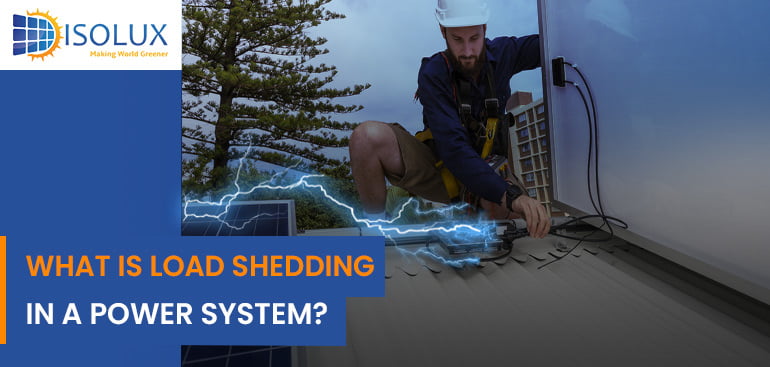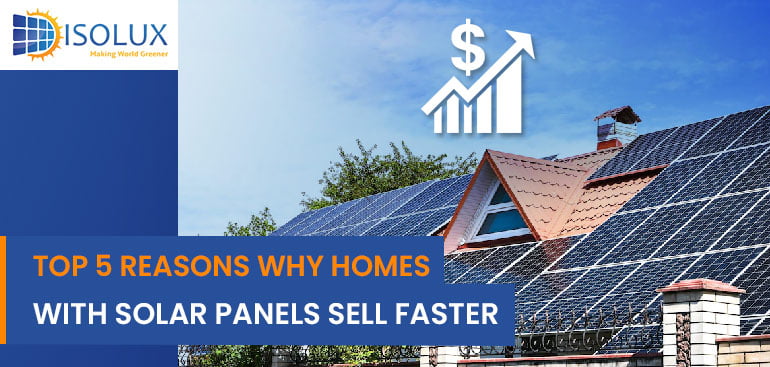If you’ve been watching the news this week, you’ve definitely heard the word ‘load shedding’ in relation to the energy crisis gripping Australia’s east coast. You may have also heard that if load shedding occurs, there would be blackouts. There is no doubt that the National Electricity Market is in serious trouble. Load shedding is a last resort mechanism that the industry regulator might deploy to protect the national electricity supply.
What is Load Shedding?
Load shedding is an extreme measure that the industry regulator, the Australian Energy Market Operator (AEMO), can use to balance the supply and demand for power in the National Electricity Market. In the power sector, demand is referred to as “Load.” ‘Load shedding’ refers to reducing electricity demand. And this is accomplished by turning off the power in specific regions.
When load shedding occurs, AEMO notifies network distributors that power demand must be decreased and by how much. Network distributors must respond by turning off the electricity to specific areas for brief periods of time, generally in rotation. If network distributors do not respond quickly enough, AEMO may cut power at the transmission level, causing widespread, longer-lasting blackouts. There are other less drastic alternatives for AEMO to balance supply and demand for electricity. The fact that AEMO has stated that load shedding may be necessary is indicative of a failing electricity system.
What are the Reasons Driving the Need for Load Shedding?
What’s the issue with supply on the east coast, given the abundance of energy sources?
It all comes down to cost. Due to market volatility on both the international and domestic levels, energy prices have risen. As a result, AEMO was forced to impose pricing caps. However, the level at which they capped pricing was insufficient for gas and diesel generators to supply at a profit. As a result, they didn’t.
Instead, they waited. By waiting, AEMO is obliged to announce a supply shortfall, which means that generator compensation payments are better. So the supply is restored—but at a high cost. Commentators in the industry refer to generators as “gaming the system.” Others use the term “brinkmanship.” However, resolving the issue will take time. It is part of a larger systemic failure. And, in the end, the expenses of securing the National Electricity Market will be shared by consumers and companies.
Could this Impact You?
The network distributors decide which locations’ power should be turned off. Their decision is focused on minimizing the impact on the community, notably major health facilities, emergency services, and public transportation. According to the ABC, residential areas are typically the first to be switched off.
The amount of notice that networks can provide during a load-shedding incident is determined by AEMO’s instructions. Unfortunately, there is no definitive answer as to who will be affected. If your home or company is in an affected area, you may receive very little notice.
Conclusion:
Contact Isolux Solar, if you want to install solar panels with batteries to provide power security for your home or company. As a CEC Accredited Solar Installer, we have the knowledge to design a solar system that will provide the energy you require to reliably power your home or business while reducing your reliance on the grid.
Read Next Blog:




